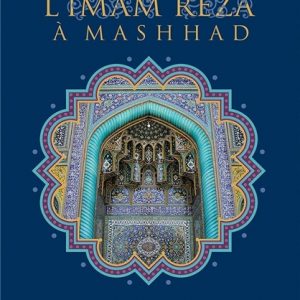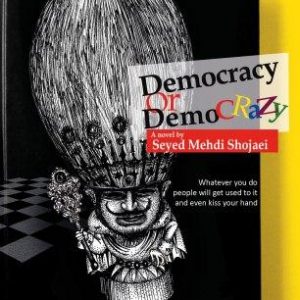I first became acquainted with Houshang Moradi Kermani’s work through The Stories of Majid in Iran many years ago. Naturally, I was overjoyed when recently the opportunity to translate The Water Urn into English was presented to me.
While The Water Urn is a book written for all ages to enjoy, it contains over one hundred vocabulary-building words recommended for the American middle school student. The story offers valuable insight into the simplicity and nostalgia of days gone by.
Reading The Water Urn will carry you on a journey into a quintessential Iranian village of fifty years ago. We behold the purple mountains and wide, verdant countryside, feel the arid wind blowing, the colorful seasons changing, and hear a babbling, rocky brook flowing underneath a canopy of sycamore trees. Houshang Moradi Kermani masterfully depicts everything lovable about Iran and its people in this story. There are aspects of life we can all feel which go beyond nationality or geographic definition.
In one word, his characters are real and we get to know them very well. Hearing their inner voices, we come to understand them and can relate to them. Witnessing their interaction with various members of their village at a time when every person’s role and duty was defined strictly by custom and tradition, we empathize with their problems and dilemmas. By the end of the story, we feel one with these people and applaud their successes and victories alongside them.
Iranians are dearly devoted to their poets and often use poetry in their everyday language, which is full of imagery and metaphor. This mindset of vivid imagination is reflected in the way the characters in the story often saw the water urn as bearing human qualities in one way or another. The creative thought that Houshang Moradi Kermani attributes to his characters in the story is congruous with the inspired legacy the great masters of Persian poetry left to the Iranian culture. While immersed in this story, this very Persian element of metaphoric expression kept reminding me of Omar Khayyam’s metaphor of the clay vessel, a theme found in many of his quatrains.
Khayyam saw the clay from which urns were made as originating from the dust which once had been a human being. I was reminded of this poem by Khayyam, which I will translate for you here:





